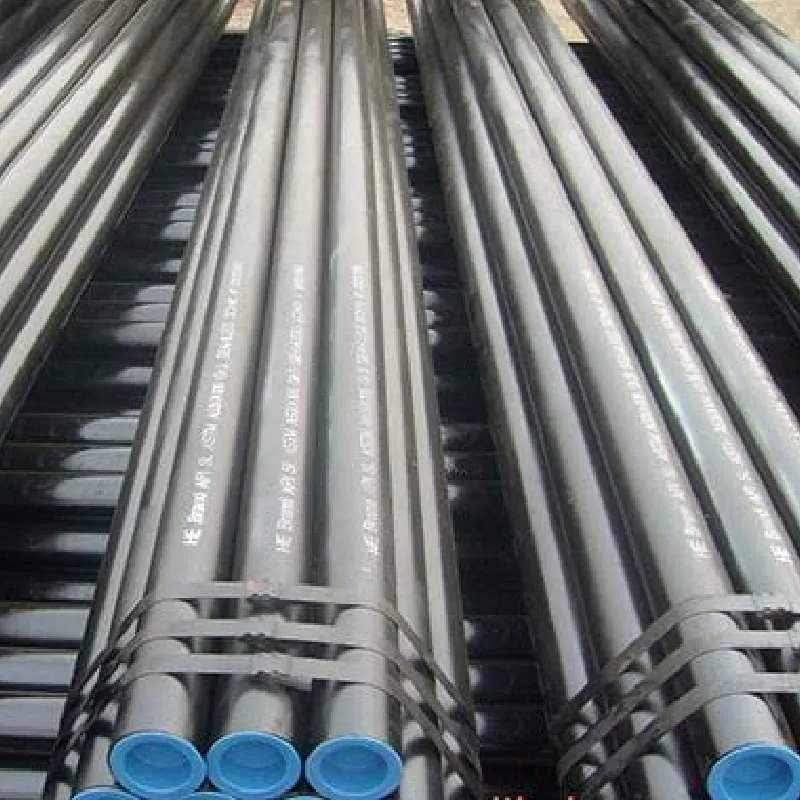-
Cangzhou Yulong Steel Co., Ltd.
-
Phone:
+86 13303177267 -
Email:
admin@ylsteelfittings.com
- English
- Arabic
- Italian
- Spanish
- Portuguese
- German
- kazakh
- Persian
- Greek
- French
- Russian
- Polish
- Thai
- Indonesian
- Vietnamese
- Zulu
- Korean
- Uzbek
- Hindi
- Serbian
- Malay
- Ukrainian
- Gujarati
- Haitian Creole
- hausa
- hawaiian
- Hebrew
- Miao
- Hungarian
- Icelandic
- igbo
- irish
- Japanese
- Javanese
- Kannada
- Khmer
- Rwandese
- Afrikaans
- Albanian
- Amharic
- Armenian
- Azerbaijani
- Basque
- Belarusian
- Bengali
- Bosnian
- Bulgarian
- Catalan
- Cebuano
- China
- China (Taiwan)
- Corsican
- Croatian
- Czech
- Danish
- Esperanto
- Estonian
- Finnish
- Frisian
- Galician
- Georgian
- Kurdish
- Kyrgyz
- Lao
- Latin
- Latvian
- Lithuanian
- Luxembourgish
- Macedonian
- Malgashi
- Malayalam
- Maltese
- Maori
- Marathi
- Mongolian
- Myanmar
- Nepali
- Norwegian
- Norwegian
- Occitan
- Pashto
- Dutch
- Punjabi
- Romanian
- Samoan
- Scottish Gaelic
- Sesotho
- Shona
- Sindhi
- Sinhala
- Slovak
- Slovenian
- Somali
- Sundanese
- Swahili
- Swedish
- Tagalog
- Tajik
- Tamil
- Tatar
- Telugu
- Turkish
- Turkmen
- Urdu
- Uighur
- Welsh
- Bantu
- Yiddish
- Yoruba

Oct . 09, 2024 06:50 Back to list
bending galvanized steel pipe
Bending Galvanized Steel Pipe A Comprehensive Guide
Galvanized steel pipes are widely used in construction and various industrial applications due to their exceptional durability, resistance to corrosion, and mechanical strength. These pipes undergo a galvanization process, which involves coating them with a layer of zinc to enhance their resistance to rust and extend their longevity. However, bending galvanized steel pipes correctly is crucial to maintaining their structural integrity and usability. In this article, we will explore the process, techniques, and considerations involved in bending galvanized steel pipes.
Understanding Galvanized Steel Pipes
Galvanized steel pipes are produced through a process that involves immersing iron or steel pipes in molten zinc. This creates a protective layer that prevents oxidation and corrosion, making it ideal for outdoor applications and environments prone to moisture. These pipes are commonly used in plumbing, irrigation, scaffolding, and even in the framework of buildings.
The Importance of Bending
Bending galvanized steel pipes can be necessary for several reasons, including fitting them into tight spaces, creating specific angles for construction projects, or designing custom structures. Proper bending techniques ensure that the pipes retain their strength while achieving the desired shape. Incorrect bending can lead to kinks, cracks, or weakened spots, compromising the pipe's integrity and safety.
Bending Techniques
1. Hot Bending This technique involves heating the section of the pipe that will be bent. The heat softens the metal, allowing for easier manipulation. Hot bending is ideal for creating sharp bends and complex shapes but requires specialized equipment and safety measures to handle the high temperatures.
2. Cold Bending Cold bending is performed at room temperature and is suitable for gradual bends. This method is more commonly used for smaller diameters of galvanized steel pipes. Cold bending does not require heating, making it a quicker and often simpler process. However, it is essential to use the correct tools and techniques to avoid damaging the pipe.
bending galvanized steel pipe

3. Using a Pipe Bender A pipe bender is a specialized tool designed to bend pipes without damaging them. These machines can be manual or powered and are equipped with various dies to accommodate different sizes and bends. Proper alignment is crucial when using a pipe bender to ensure a smooth, even curve and prevent kinks.
Considerations for Bending Galvanized Steel Pipes
1. Material Thickness The thickness of the galvanized steel pipe plays a significant role in determining the bending method. Thicker pipes are generally more challenging to bend and may require heating or specialized equipment.
2. Bend Radius The bend radius is the distance from the centerline of the pipe to the point of the bend. A larger bend radius reduces the risk of kinking or flattening the pipe. Generally, a radius of at least three times the pipe diameter is recommended.
3. Avoiding Cracking One of the main challenges in bending galvanized steel pipes is avoiding cracking. Cracks can occur at the outer surface of the bend due to excessive tension. It is crucial to monitor the bending process closely and adjust the speed and pressure accordingly.
4. Safety Precautions Working with galvanized steel carries some health risks, particularly when heating the metal. Zinc fumes released during the heating process can be hazardous if inhaled. Always work in a well-ventilated area, and consider using appropriate personal protective equipment (PPE), such as gloves and respiratory protection.
Conclusion
Bending galvanized steel pipes is a valuable skill in construction and manufacturing, allowing for flexibility in design and installation. By understanding the properties of galvanized steel, employing the right bending techniques, and taking necessary precautions, you can achieve the desired results without compromising safety or structural integrity. Whether you are bending pipes for plumbing, structural support, or custom applications, adhering to best practices will ensure the longevity and reliability of your galvanized steel installations. Proper preparation and technique are key to successful bending, paving the way for durable and efficient use of galvanized steel pipes in various projects.
Latest news
-
ANSI 150P SS304 SO FLANGE
NewsFeb.14,2025
-
ASTM A333GR6 STEEL PIPE
NewsJan.20,2025
-
ANSI B16.5 WELDING NECK FLANGE
NewsJan.15,2026
-
ANSI B16.5 SLIP-ON FLANGE
NewsApr.19,2024
-
SABS 1123 FLANGE
NewsJan.15,2025
-
DIN86044 PLATE FLANGE
NewsApr.19,2024
-
DIN2527 BLIND FLANGE
NewsApr.12,2024
-
JIS B2311 Butt-Welding Fittings LR/SR 45°/90° /180°Seamless/Weld
NewsApr.23,2024











